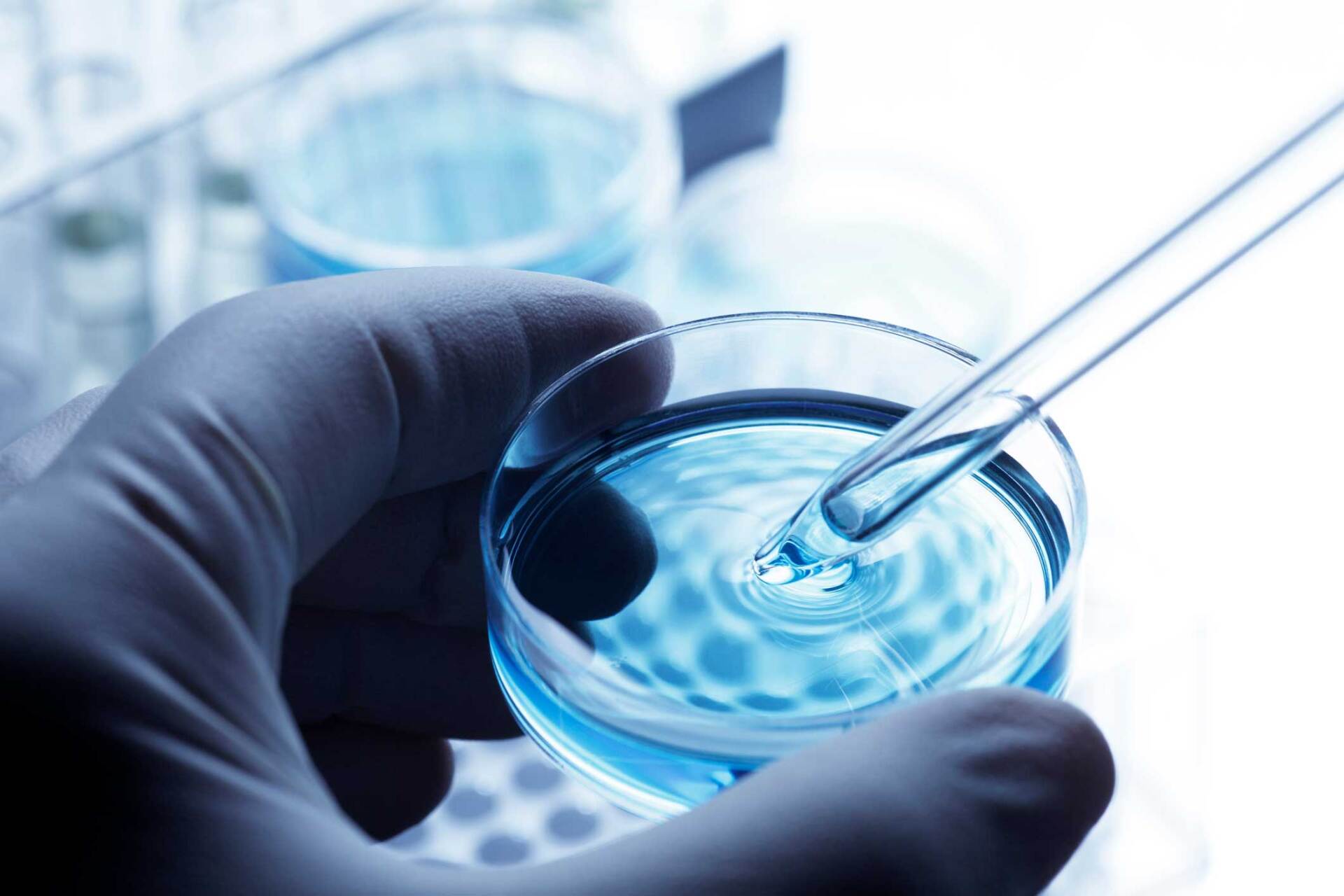Coliform bacteria are present in the environment and feces of all warm-blooded animals and humans. Coliform bacteria are unlikely to cause illness however their presence in drinking water indicates that disease-causing organisms (pathogens) could be in the water system. Most pathogens that can contaminate water supplies come from the feces of humans and animals.
Testing drinking water for all possible pathogens is complex, time-consuming, and expensive but testing for coliform bacteria is easy and low-cost. If testing detects the bacteria in a water sample, a water sanitation and filtration system searches for the source of the contamination to restore drinking water to safe standards.
There are two groups of coliform bacteria that we test for. Each is an indicator of drinking water quality and each has a different level of risk. Total coliforms are a large collection of different types of bacteria. E. coli is a subgroup of fecal coliform and if total coliforms are found, then the sample is also tested for E. coli contamination.
Total coliform bacteria are common in the environment (in soil or vegetation) and are generally harmless. If a lab detects total coliform bacteria only in drinking water the source is likely environmental and fecal contamination is unlikely. However, if environmental contamination enters the water system, harmful pathogens can also find their way in. It's important to find and resolve the source of the contamination to prevent health risks.
E. coli is a subset of the fecal coliform group. Most E. coli bacteria are harmless and exist in the intestines of humans and warm-blooded animals. However, some strains can cause serious illness. The presence of E. coli in a drinking water sample usually indicates recent fecal contamination. This means there is a greater risk of pathogens being present.
*Please note: E. coli outbreaks receive a great deal of media coverage. A specific strain of E. coli bacteria known as E. coli O157:H7 causes most of those outbreaks. When a drinking water sample is reported as “E. coli present,” it does not mean that O157:H7 is present. However, it does indicate recent fecal contamination. Boiling or disinfecting contaminated drinking water destroys all forms of E. coli, including O157:H7.

